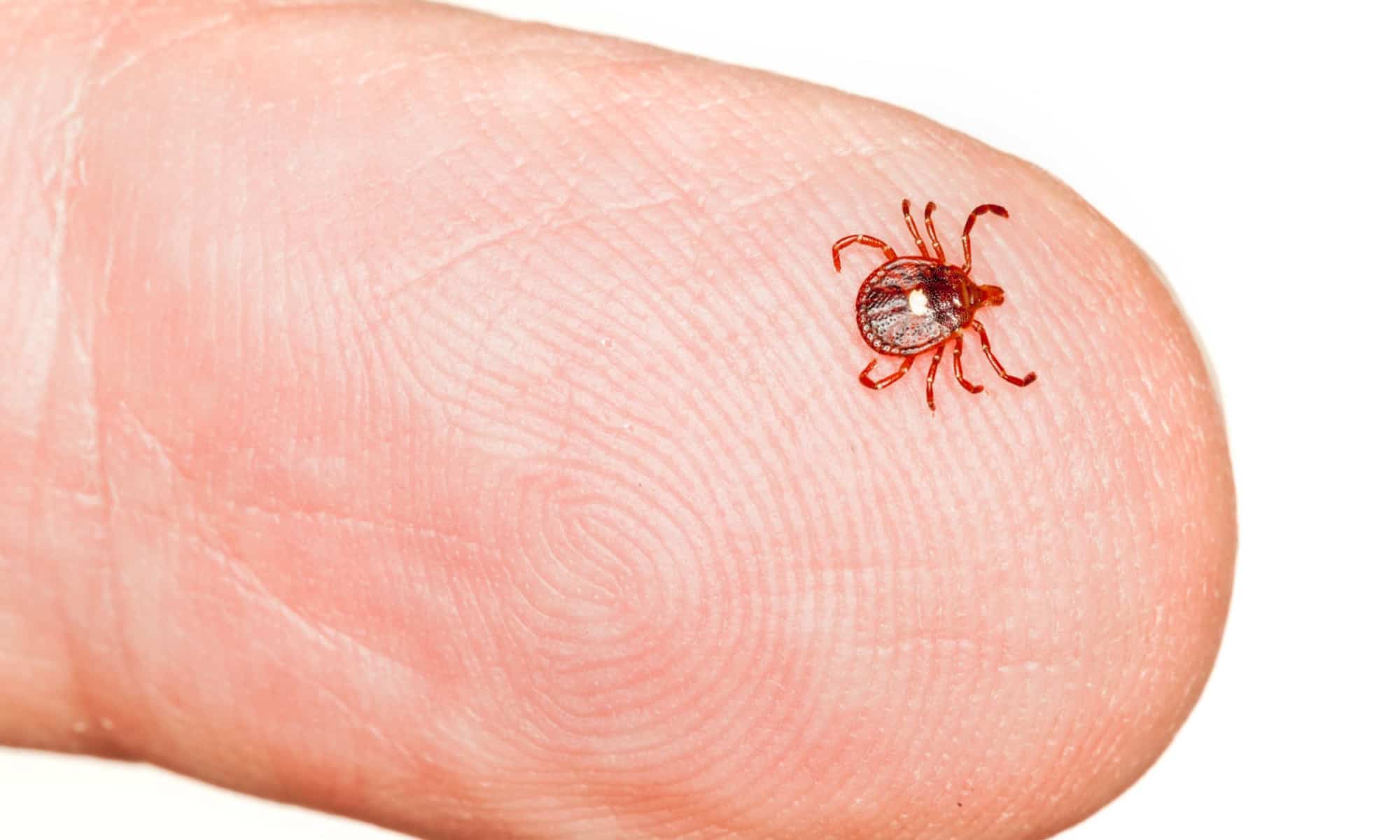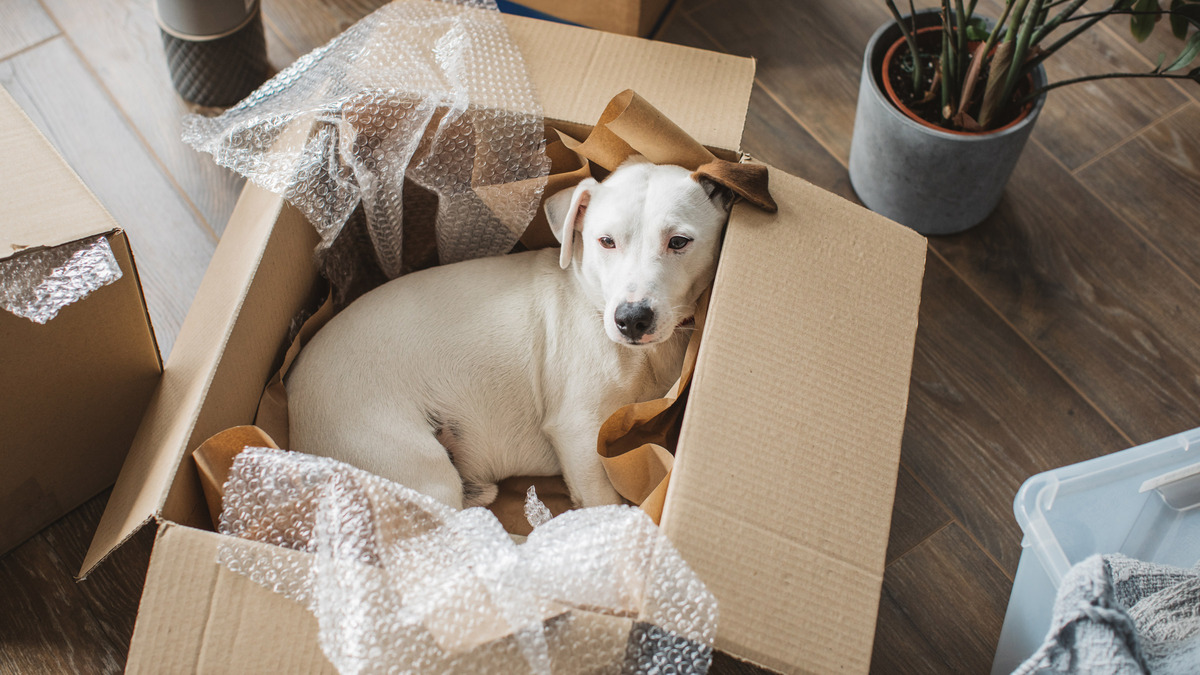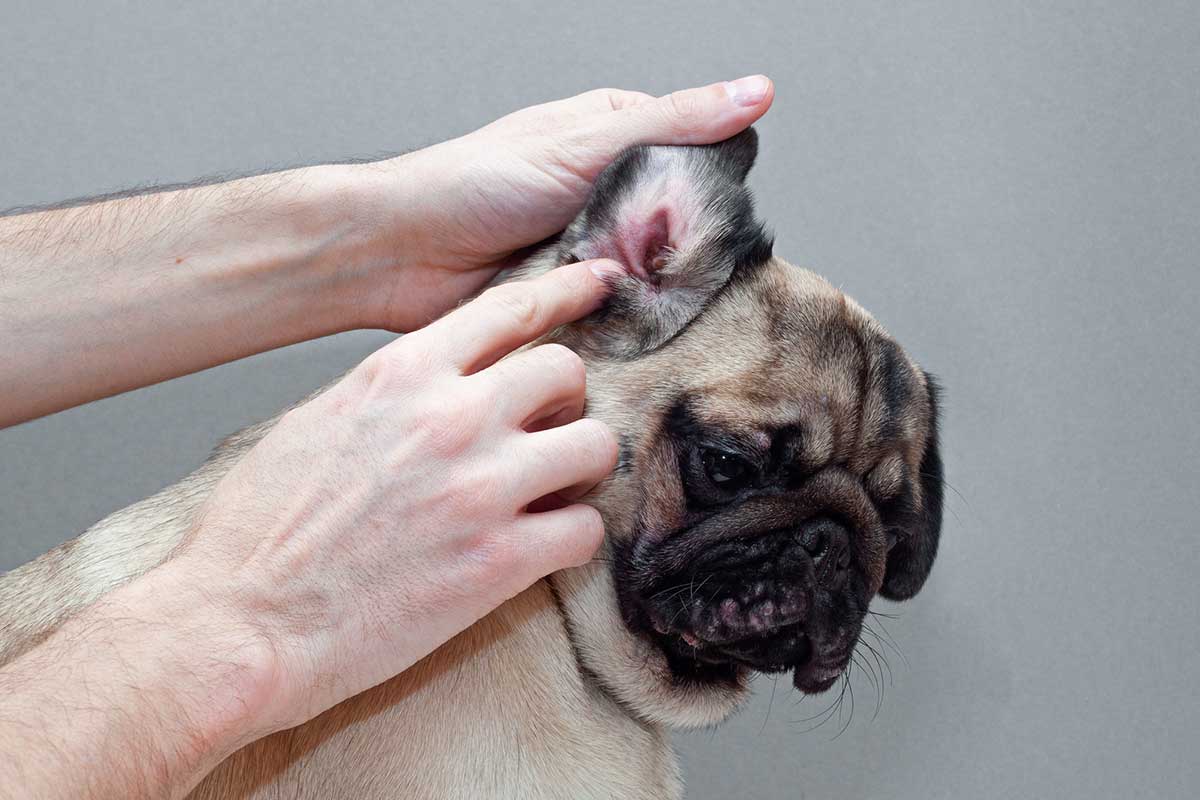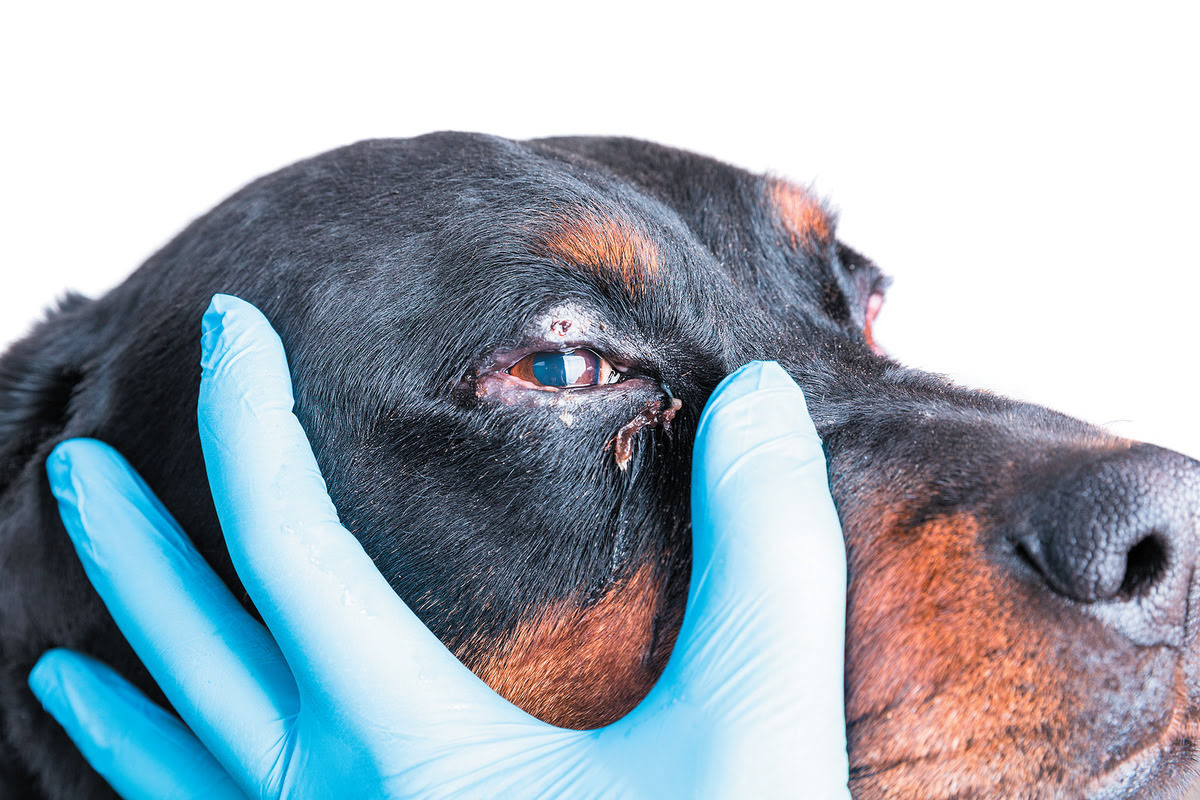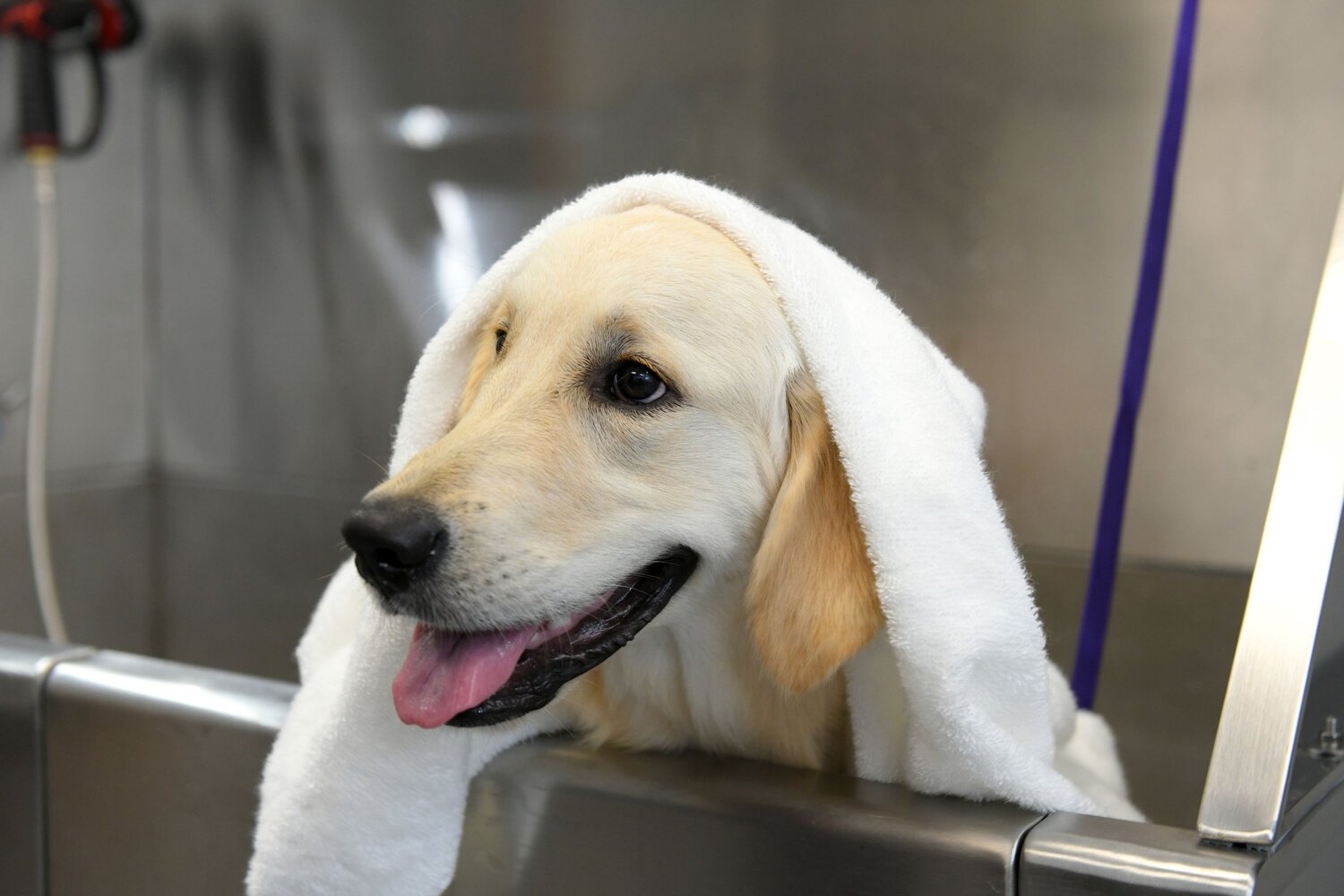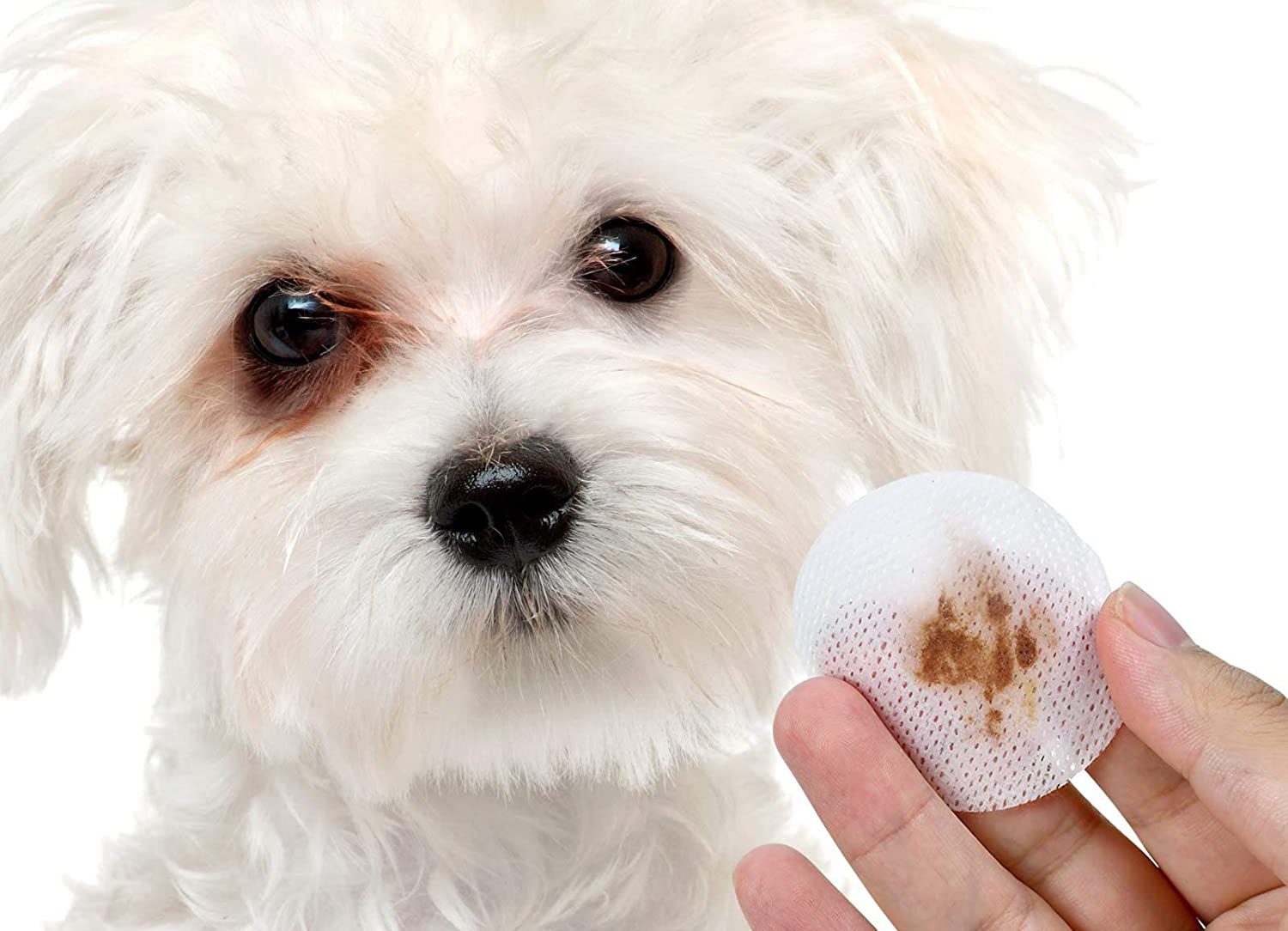Home>Health & Wellness>Common Health Issues>How To Get Rid Of Ticks In A Dog Bed


Common Health Issues
How To Get Rid Of Ticks In A Dog Bed
Published: February 5, 2024
Learn how to prevent and eliminate ticks in your dog's bed to protect them from common health issues. Find effective tips and solutions here.
(Many of the links in this article redirect to a specific reviewed product. Your purchase of these products through affiliate links helps to generate commission for Pawsomeoldies.com, at no extra cost. Learn more)
Table of Contents
Introduction
Ticks are tiny, blood-sucking parasites that can pose a significant threat to the health and well-being of our furry companions. These pesky creatures are not only a nuisance but also carriers of various diseases, making it crucial to keep our dogs and their living spaces tick-free. One area where ticks can often lurk undetected is in the dog's bed, creating a potential hotspot for infestation.
Ensuring that your dog's bed is free from ticks is essential for maintaining their overall health and preventing the spread of tick-borne illnesses. In this comprehensive guide, we will explore effective strategies to eliminate ticks from your dog's bed, allowing your furry friend to rest comfortably and safely.
By understanding the threat of ticks in a dog bed and implementing proactive measures, you can create a healthier environment for your pet. Let's delve into the various methods and remedies to effectively combat ticks and safeguard your dog's well-being.
Read more: How To Get Rid Of Fleas And Ticks On My Dog
Understanding the threat of ticks in a dog bed
Ticks are not only a nuisance for dogs but also pose a significant threat to their health. These tiny parasites are capable of transmitting a range of diseases, including Lyme disease, ehrlichiosis, anaplasmosis, and Rocky Mountain spotted fever. When ticks infest a dog bed, they create a potential hotspot for continuous exposure to these harmful pathogens.
The warm and cozy environment of a dog bed provides an ideal breeding ground for ticks. Dogs spend a significant amount of time resting and sleeping in their beds, making it easier for ticks to latch onto their fur and skin. Once ticks establish themselves in the bed, they can quickly multiply, leading to a full-blown infestation.
Moreover, when a dog lies in a tick-infested bed, the parasites can attach themselves to the dog's body, feeding on their blood and potentially transmitting diseases in the process. This continuous cycle of infestation and re-infestation can compromise the dog's health and well-being, leading to discomfort, itching, and in severe cases, the onset of tick-borne illnesses.
It's essential to recognize the potential dangers associated with ticks in a dog bed and take proactive measures to eliminate these parasites. By understanding the threat they pose, dog owners can prioritize regular cleaning and maintenance of the dog bed, as well as the use of natural repellents and remedies to ensure a safe and tick-free resting space for their beloved pets.
By being aware of the risks and implementing preventive strategies, dog owners can effectively combat the threat of ticks in their dog's bed, promoting a healthier and safer environment for their furry companions.
Regular cleaning and maintenance of the dog bed
Regular cleaning and maintenance of your dog's bed is crucial in preventing and eliminating ticks. Here are some effective strategies to keep the dog bed clean and tick-free:
-
Frequent Washing: Regularly wash your dog's bed to remove any accumulated dirt, debris, and potential ticks. Use a mild detergent and hot water to ensure thorough cleaning. This helps to dislodge and eliminate any ticks or eggs that may be present in the fabric.
-
Sun Exposure: Whenever possible, expose the dog bed to direct sunlight. Sunlight has natural disinfectant properties and can help to kill ticks and other parasites that may be hiding in the bed. Additionally, airing out the bed in the sun can help to reduce moisture, creating an environment less conducive to tick infestation.
-
Inspect and Brush: Before washing the bed, inspect it thoroughly for any signs of ticks or debris. Use a lint roller or a pet-safe brush to remove any loose ticks, eggs, or larvae from the surface of the bed. This initial step can significantly reduce the number of ticks present before washing.
-
Use Tick-Repellent Sprays: Consider using natural tick-repellent sprays on the dog bed. These sprays often contain essential oils such as cedarwood, lavender, or lemongrass, which are known for their tick-repelling properties. Regular application of these sprays can help deter ticks from infesting the bed.
-
Rotate Bedding: If your dog's bed has removable covers or bedding, consider rotating and washing them regularly. This ensures that all components of the bed are thoroughly cleaned and maintained, reducing the risk of tick infestation.
-
Vacuuming: Use a vacuum cleaner with a brush attachment to thoroughly vacuum the dog bed, especially in crevices and seams where ticks may hide. This helps to remove any loose ticks, eggs, or larvae that may be present.
By incorporating these practices into your routine, you can effectively maintain a clean and tick-free environment for your dog. Regular cleaning and maintenance of the dog bed not only eliminates existing ticks but also helps to prevent future infestations, ensuring a safe and comfortable resting space for your furry companion.
Using natural repellents and remedies
In addition to regular cleaning and maintenance, utilizing natural repellents and remedies can be an effective strategy to combat ticks in a dog bed. Natural repellents offer a chemical-free approach to repelling ticks while providing a safe environment for your dog. Here are some natural remedies and repellents to consider:
Essential Oils:
Certain essential oils are known for their natural tick-repelling properties. Oils such as cedarwood, lavender, eucalyptus, and lemongrass contain compounds that are unpleasant to ticks, deterring them from infesting the dog bed. To create a natural tick-repellent spray, dilute a few drops of these essential oils in water and mist the dog bed regularly. It's important to use high-quality, pure essential oils and to ensure that they are safe for use around pets.
Diatomaceous Earth:
Diatomaceous earth is a natural, powdery substance that can be sprinkled on the dog bed to help eliminate ticks. This fine powder is abrasive to the exoskeleton of ticks, causing dehydration and ultimately leading to their demise. When using diatomaceous earth, it's essential to choose a food-grade quality that is safe for pets and to apply it in a manner that minimizes dust inhalation.
Herbal Repellent Sachets:
Creating herbal repellent sachets can provide a natural and aromatic way to repel ticks from the dog bed. Fill small muslin or cotton pouches with dried herbs such as rosemary, thyme, mint, and lavender, all of which possess natural tick-repelling properties. Place these sachets strategically around the dog bed to help deter ticks and add a pleasant fragrance to the sleeping area.
Apple Cider Vinegar:
Apple cider vinegar is a versatile natural remedy that can also help repel ticks. By diluting apple cider vinegar with water and lightly spraying the dog bed, you can create an environment that is less hospitable to ticks. Additionally, adding a small amount of apple cider vinegar to your dog's drinking water may help make their blood less appealing to ticks.
Neem Oil:
Neem oil, derived from the neem tree, is known for its potent insect-repelling properties. Mixing a small amount of neem oil with a carrier oil and applying it to the dog bed can help deter ticks. Neem oil not only repels ticks but also disrupts their life cycle, making it an effective natural remedy for tick control.
By incorporating these natural repellents and remedies into your tick control strategy, you can create a safer and more comfortable environment for your dog. These natural approaches offer an eco-friendly and pet-safe alternative to chemical-based tick repellents, providing peace of mind for pet owners while effectively combating ticks in the dog bed.
Read more: How To Get Rid Of Fleas In A Dog Pen
Washing the dog bed with hot water and detergent
Washing your dog's bed with hot water and detergent is a fundamental step in eliminating ticks and maintaining a clean sleeping environment for your pet. Hot water and detergent work together to effectively remove dirt, debris, and potential ticks from the fabric of the bed, ensuring a thorough cleaning process.
When washing the dog bed, it's essential to use hot water, as the heat helps to kill ticks, their eggs, and larvae that may be present. Hot water also aids in breaking down and removing any organic matter that ticks may use as a food source, further disrupting their life cycle. Additionally, the use of detergent helps to dislodge and wash away ticks, their eggs, and any other contaminants that may be clinging to the fabric.
To begin the washing process, remove any removable covers or bedding from the dog bed and place them in the washing machine. Use the hottest water setting recommended for the specific fabric of the bed, as hotter temperatures are more effective in killing ticks and removing stubborn debris. Add a pet-safe detergent to the wash cycle, ensuring that it is free from harsh chemicals and safe for your dog's skin.
Once the washing cycle is complete, thoroughly inspect the bed to ensure that it is free from any remaining ticks or debris. If the bed is machine washable, consider running an additional rinse cycle to ensure that all detergent residue is removed, as some dogs may be sensitive to certain detergents.
For non-machine washable beds, hand washing with hot water and detergent is an alternative method. Fill a large tub or basin with hot water and add the appropriate amount of pet-safe detergent. Submerge the bed in the soapy water and agitate it to ensure thorough cleaning. After soaking, rinse the bed with clean water to remove any soap residue, and allow it to air dry completely.
By washing your dog's bed with hot water and detergent on a regular basis, you can effectively eliminate ticks and maintain a clean and hygienic sleeping area for your pet. This simple yet crucial step plays a significant role in preventing tick infestations and promoting the overall well-being of your furry companion.
Vacuuming and steaming the dog bed
Vacuuming and steaming the dog bed are essential steps in the comprehensive process of eliminating ticks and maintaining a clean and hygienic sleeping environment for your beloved pet. These methods not only help to remove visible debris and dirt but also target hidden ticks, eggs, and larvae that may be lurking within the fabric of the bed.
Vacuuming the Dog Bed
Using a vacuum cleaner with a brush attachment is an effective way to thoroughly clean the dog bed and remove potential tick infestations. Start by vacuuming the entire surface of the bed, paying close attention to seams, crevices, and any areas where ticks may hide. The suction power of the vacuum helps to lift and remove loose ticks, eggs, and larvae, reducing the overall tick population within the bed.
In addition to the surface, it's important to vacuum the surrounding area where the dog bed is placed. This includes the floor, carpets, and any nearby upholstery. Ticks can easily transfer from these surfaces to the dog bed, so keeping the surrounding area clean is crucial in preventing re-infestation.
Regular vacuuming not only removes ticks but also helps to eliminate pet dander, dust mites, and other potential allergens, creating a healthier environment for both your dog and your family.
Steaming the Dog Bed
Steaming the dog bed provides an additional layer of defense against ticks and other parasites. Steam is highly effective in killing ticks and their eggs, as the high temperature causes thermal shock, leading to their rapid demise. Furthermore, steam can penetrate deep into the fabric of the bed, reaching areas that may be inaccessible to vacuuming alone.
When steaming the dog bed, ensure that the steamer reaches the appropriate temperature to effectively eliminate ticks. Move the steamer methodically across the entire surface of the bed, focusing on seams, folds, and any areas where ticks may be hiding. The combination of heat and moisture from the steam not only kills ticks but also helps to sanitize the bed, reducing the risk of bacterial and fungal growth.
It's important to use a pet-safe steamer and to follow the manufacturer's guidelines for temperature and duration of steaming. Additionally, allow the bed to dry completely after steaming to prevent moisture buildup, which can create a favorable environment for ticks and other pests.
By incorporating vacuuming and steaming into your regular cleaning routine, you can effectively combat ticks and maintain a clean and tick-free sleeping space for your dog. These methods, when combined with other preventive measures, contribute to a healthier and more comfortable environment for your furry companion.
Read more: How To Get Rid Of Dog Fleas And Lice
Seeking professional help if necessary
In some cases, despite diligent efforts to eliminate ticks from your dog's bed, infestations may persist or become overwhelming. When faced with a severe or persistent tick infestation, seeking professional help is a prudent course of action to ensure the thorough eradication of ticks and the restoration of a safe sleeping environment for your dog.
Professional pest control services specializing in pet-safe treatments and tick eradication can provide expertise and resources to effectively address stubborn infestations. These professionals have access to specialized equipment and pet-friendly insecticides that are formulated to target ticks while ensuring the safety of your dog.
Upon engaging professional assistance, a thorough inspection of the dog bed and surrounding areas will be conducted to assess the extent of the infestation. This inspection may also identify potential tick hiding spots and breeding grounds, allowing for targeted treatment and preventive measures.
Professional pest control experts are equipped to administer treatments that are tailored to the specific needs of your situation. This may include the application of pet-safe insecticides, targeted fogging, or other specialized methods to eliminate ticks from the dog bed and its surroundings. Additionally, they can provide guidance on ongoing preventive measures to minimize the risk of future infestations.
Furthermore, professional pest control services can offer valuable advice on environmental modifications to deter ticks, such as landscaping adjustments and barrier treatments. By addressing potential outdoor sources of ticks and implementing preventive measures, the risk of re-infestation can be significantly reduced.
It's important to engage reputable and certified pest control professionals who have experience in dealing with tick infestations in pet environments. Prioritize companies that use pet-safe products and demonstrate a commitment to the well-being of pets throughout the treatment process.
By seeking professional help when necessary, you can effectively address persistent tick infestations and safeguard the health and comfort of your dog. Professional expertise and targeted treatments can provide a comprehensive solution to challenging infestations, allowing you to create a tick-free and secure sleeping environment for your beloved pet.
Conclusion
In conclusion, ensuring that your dog's bed is free from ticks is essential for maintaining their overall health and well-being. Ticks not only pose a nuisance but also carry the potential to transmit various diseases, making it crucial to prioritize the elimination of these parasites from your dog's resting space.
By understanding the threat of ticks in a dog bed and implementing proactive measures, such as regular cleaning and maintenance, the use of natural repellents and remedies, washing the dog bed with hot water and detergent, vacuuming and steaming, and seeking professional help when necessary, you can create a healthier environment for your pet.
Regular cleaning and maintenance of the dog bed play a significant role in preventing and eliminating ticks. Frequent washing, sun exposure, inspection, and the use of tick-repellent sprays are effective strategies to keep the dog bed clean and tick-free. These practices not only eliminate existing ticks but also help prevent future infestations, ensuring a safe and comfortable resting space for your furry companion.
Utilizing natural repellents and remedies, such as essential oils, diatomaceous earth, herbal repellent sachets, apple cider vinegar, and neem oil, offers a chemical-free approach to repelling ticks while providing a safe environment for your dog. These natural approaches offer an eco-friendly and pet-safe alternative to chemical-based tick repellents, providing peace of mind for pet owners while effectively combating ticks in the dog bed.
Washing the dog bed with hot water and detergent is a fundamental step in eliminating ticks and maintaining a clean sleeping environment for your pet. Hot water and detergent work together to effectively remove dirt, debris, and potential ticks from the fabric of the bed, ensuring a thorough cleaning process.
Vacuuming and steaming the dog bed are essential steps in the comprehensive process of eliminating ticks and maintaining a clean and hygienic sleeping environment for your beloved pet. These methods not only help to remove visible debris and dirt but also target hidden ticks, eggs, and larvae that may be lurking within the fabric of the bed.
In some cases, despite diligent efforts to eliminate ticks from your dog's bed, infestations may persist or become overwhelming. When faced with a severe or persistent tick infestation, seeking professional help is a prudent course of action to ensure the thorough eradication of ticks and the restoration of a safe sleeping environment for your dog.
By implementing these strategies and remaining vigilant in the maintenance of your dog's bed, you can effectively combat the threat of ticks and create a safer and more comfortable environment for your furry companion. Prioritizing your dog's well-being by keeping their resting space tick-free is a proactive and essential aspect of responsible pet ownership.
